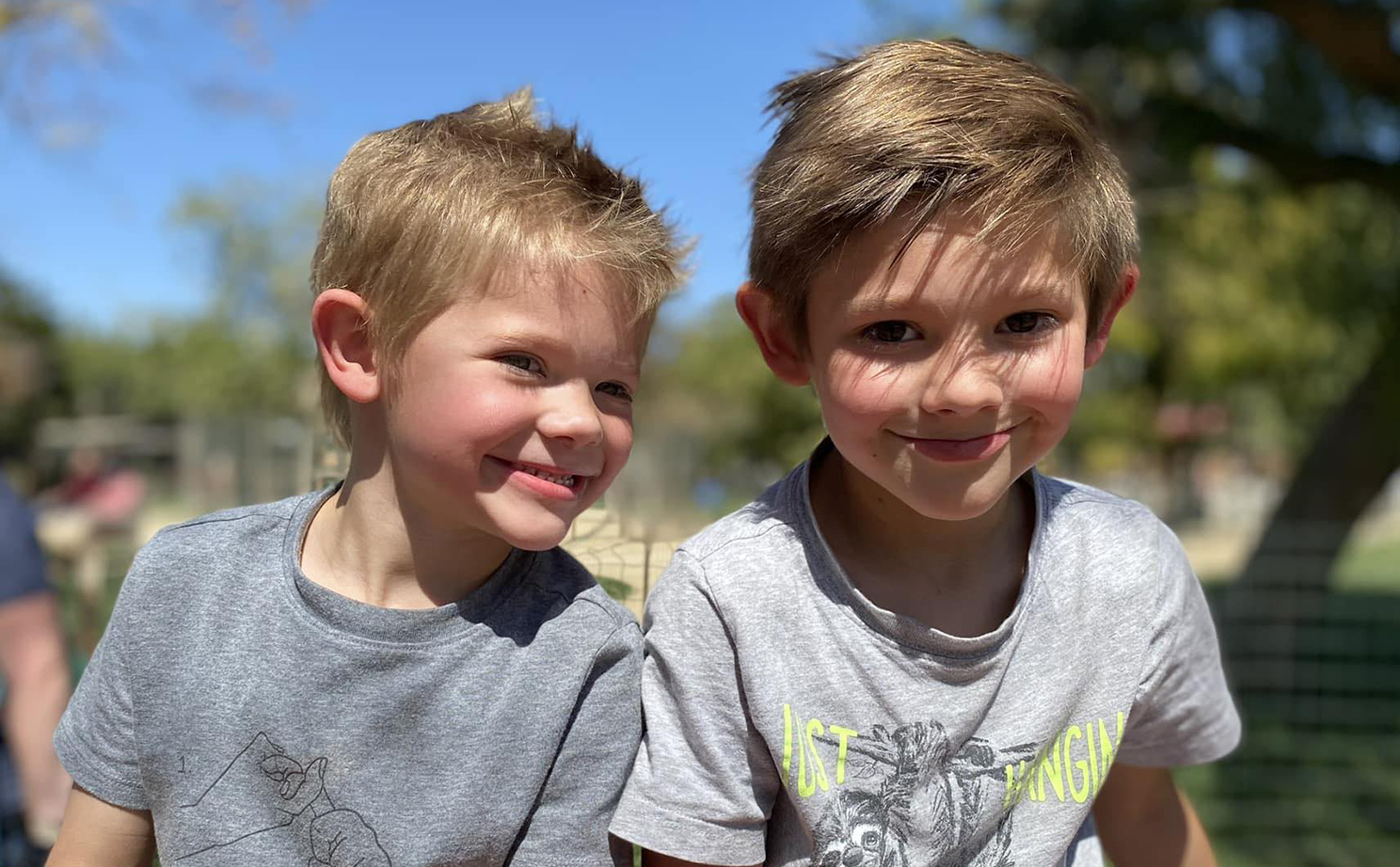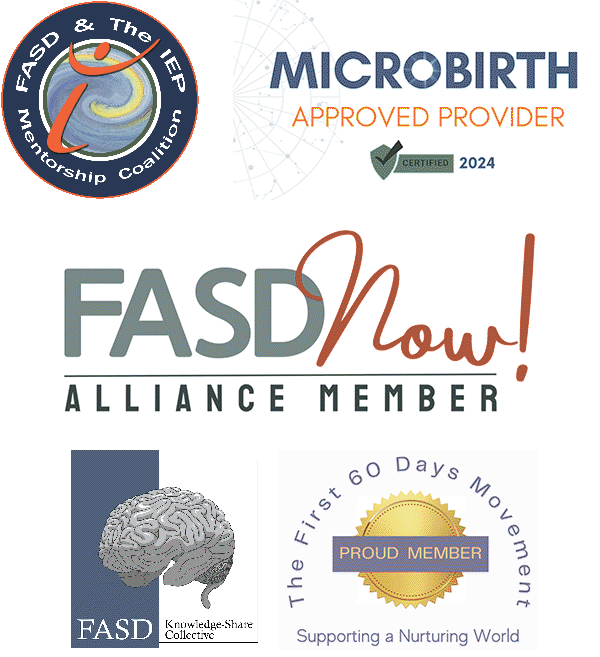A Deaf Child’s Right To Language

One of my favorite professors in college, Shoshannah Stern, is a famous Deaf actress and an incredible teacher (See: Weeds, The Hammer, Jericho). She asked us one day to consider what our reactions would be if we gave birth to a child one day who could only speak French. Well, I can only speak English. And we’re not in France, we’re in America. Would my first reaction be to learn French? Well, maybe a few key terms, but my focus would really be on trying to teach my kid English. Try to assimilate them into the culture and country in which they live. Having a deaf child is no different. That child is automatically born into a culture different than the parent, and that doesn’t happen to other families unless in very special circumstances, like a black child being adopted by a white family. That black child will never be white, and a child who is born deaf can never become hearing. Even cochlear implants, which are highly experimental and do not take the place of true hearing, are questionable in their value when they are not accompanied by sign language. It’s understandable why a hearing parent would want their child to be implanted, and why they would speak tirelessly and refrain from using sign language. They just want their kid to be like the others. That attitude, however, is detrimental.
Deaf children need to be taught directly many of the skills that hearing children learn incidentally and exposure to language is the key to a successful transfer of information.
Did you know that the vast majority of Deaf adults do not want to be hearing? Deaf people love being Deaf. “Deaf” is spelled with a capital “D” when in reference to someone who is culturally Deaf, and that means that this person is more than just someone who can’t hear – they are engaged in their own rich culture that has its own history, art, language, people, and community. These culturally Deaf individuals reject the label “disabled” and refuse to focus on deficit. The American Deaf community takes great pride in their American Sign Language (ASL), and one of the biggest battles that the community faces is the right to use it. Ninety percent of deaf children are born to hearing parents. Ninety percent of deaf children cannot communicate effectively with their parents. Ninety percent of deaf children are placed in an oral mainstreamed program without use of their natural signed language. The milestones that these children miss due to lack of language only builds and compounds on itself to further hinder a child’s ability to learn. Withholding a natural signed language leads to linguistic, social, and cognitive delays that may never be overcome. With early exposure, the benefits of using American Sign Language can influence their language, literacy, and cognitive development, and even serve to assist in bilingual learning, in order to make sure each and every child can live up to their full potential.
There are some negative stigmas around ASL, and the perpetuation of these fallacies are really damaging. American Sign language is a “natural, full-fledged language that ensures full and complete communication” (Grosjean, 2001) between users. Research actually proves that the auditory cortex of the brain responds the exact same way to spoken language as it does to signed language – that means that there is no difference, neurologically speaking, between these two types of languages. The idea that ASL is somehow less-than, unable to communicate elaborate ideas or complex terminology, is inaccurate. Language is language. Spoken or signed. A lot of the reluctance coming from hearing parents is based in their concern that using ASL as a first language will somehow stifle learning, or else destine their child to be less intelligent than other kids. In fact, the opposite is true. Early contact with American Sign Language is vital during the “critical period” of a child’s life in order to ensure proper linguistic and cognitive development. The Critical Period Hypothesis states that between the ages of 0-5, the brain is the most receptive to language learning and development. After the age of 5, the plasticity of the brain begins to gradually decrease. A child who has not acquired a language by that time runs the risk of not acquiring native like fluency in any language (Humphries et al, 2012). Early exposure to American Sign Language prevents language deprivation—it also allows for full and complete communication between a parent and child while simultaneously developing the child’s language skills.
In the earliest years, between 0-1, a form of language called “motherese” is used, which is often referred to as “baby talk”. Motherese can be in any language and it is used in American Sign Language as slow, cyclic, repetitive signs. Since signing motherese requires the adult signer to be aware of the Deaf child’s visual gaze, infant-directed sign may actually play a greater role in early signed language development than infant directed-speech plays in early spoken language development (Morford & Mayberry, 2000, p.121), suggesting that awareness to a child’s attentional state, which is critical for signed motherese, is actually benefiting a deaf child’s language development in ways that hearing children don’t receive from speech. Furthermore, Deaf children who are exposed to language at earlier ages have consistently outperformed Deaf individuals exposed to language at later ages on the tests of signed language knowledge and processing (Morford & Mayberry, 2000, p.113). Therefore, natural, signed language exposure during the critical period clearly benefits a Deaf child and is fundamental to ensure a healthy language development later in life.
After the critical early years, the plasticity of the brain diminishes, and it becomes harder to learn language. However, it is not only language development that suffers. Up to 90 percent of what hearing children learn is categorized as incidental learning, which means that the information the child is receiving and storing is essentially “overheard”. Television, radio, conversations other people are having over the phone, and what two people are talking about on the bus is information gained that a Deaf child has little or no access to. Deaf children need to be taught directly many of the skills that hearing children learn incidentally and exposure to language is the key to a successful transfer of information.
Additionally, early exposure to American Sign Language is beneficial for literacy and can serve as a bridge to bilingualism. Tabor asserts that Deaf children “…begin literacy learning with language and that enhancing their language development by providing them with rich and engaging language environments during the first 5 years is the best way to ensure their success as readers” (as cited in Erting, 2003). Deaf children can actually have an easier time of learning the alphabet, as emergent readers, as they learn that finger spelling can be linked to letters on a page and that a written concept can be matched to a familiar sign.
Furthermore, early exposure to sign language creates a gateway to English, and today, it is generally accepted that there are many cognitive benefits to bilingualism, such as enhanced creative thinking, cognate flexibility, and meta-linguistic awareness. The theory of cognitive academic language proficiency (CALP) states that it is the knowledge of one language that helps to make a second language comprehensible. As opposed to learning a concept and an English vocabulary word, a Deaf child that is already proficient in ASL can apply an English word to a known concept and a known sign, significantly lessening the difficulty of acquiring that particular vocabulary word. To give you the bottom line, all children who are exposed to Sign Language early in life are actually stronger in their acquisition of spoken and written English compared to children who are only exposed to spoken language instruction.
In conclusion, early exposure to American Sign Language is beneficial for any child in many ways. It is essential for the development of their language, literacy, and cognitive skills, as well as supporting second language skills (bilingualism), inclusion within classroom settings, and, perhaps most importantly, a relationship with their parents. “We know that early exposure to two languages, early exposure to language, is the absolute paramount most important thing we can do for a normal, typical development in the human child” (Gallaudet, 2013).
— Melanie Laufer
Melanie Laufer is a recent graduate of California State University, Northridge with a degree in Deaf Studies and an interest in working with young deaf children and their families.
References:
Chamberlain, C., Morford, J. P., & Mayberry, R. I. (2000). A Reexamination of “Early Exposure” and Its Implications for Language Acquisition by Eye. In Language acquisition by eye (pp. 111-127). Mahwah, NJ: Lawrence Erlbaum Associates.
Firkins, K. (n.d.). The Deaf Learner’s Language & Literacy Development, Part II[powerpoint]. Retrieved from https://moodle.csun.edu/pluginfile.php/2731899/mod_resource/content/1/The%20Deaf%20Learners%20Language%20and%20Literacy%20Development%2C%20Part%20II.pdf
Gallaudet University. (n.d.). What the Eyes Reveal About the Brain [Video file]. Retrieved from https://www.youtube.com/watch?v=snE4pD882v4
Grosjean, F. (n.d.). The right of the deaf child to grow up bilingual. Retrieved from https://moodle.csun.edu/pluginfile.php/2624384/mod_resource/content/6/Francois_Grosjean.pdf
Holcomb, T. K. (2013). Introduction to American deaf culture. New York: Oxford University Press.
Johnson, R. E., Liddell, S. K., & Erting, C. J. (1989). A model program for education for
deaf children. In Unlocking the curriculum: Principles for achieving access in deaf education (pp. 15-19). Washington, DC: Gallaudet University.



